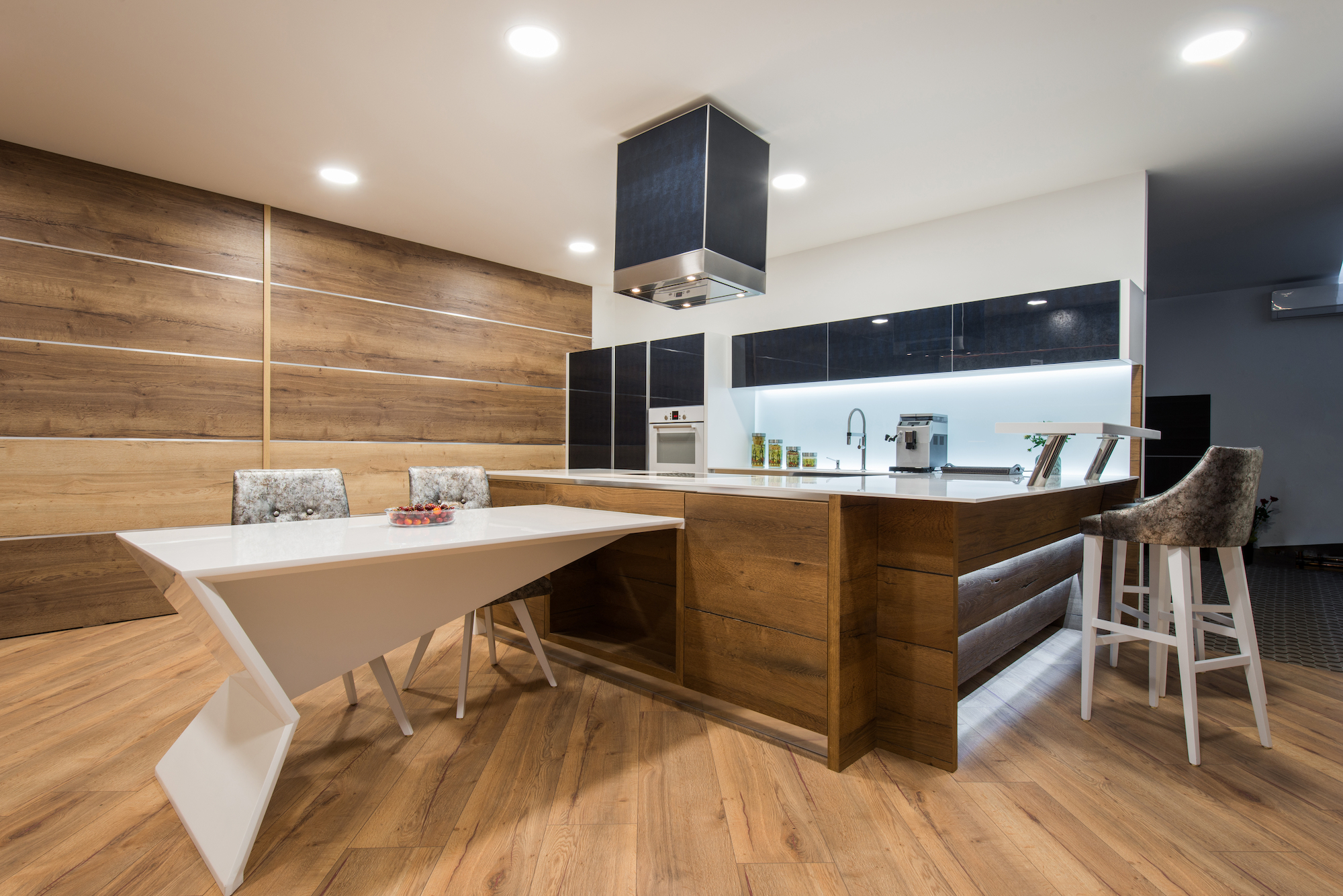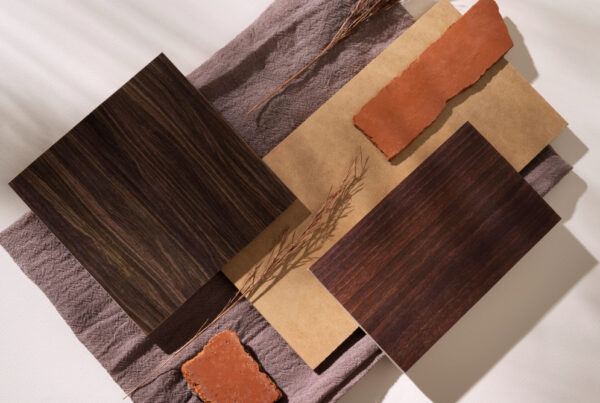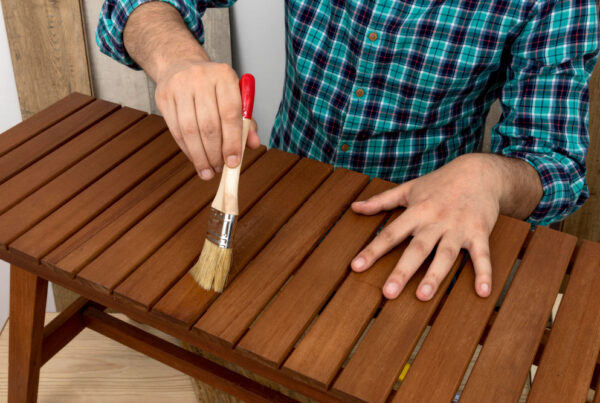If you’re looking to protect your wood furniture without compromising its beauty, then you’re probably wondering what sort of finishing to opt for. With the sheer number of options, it can be overwhelming to pick just one.
Well, you’re in the right place to get all the knowledge you need about wood coatings and the perfect one for you!
What are Wood Coatings?
Nobody wants their beautiful wooden furniture destroyed by the elements. Wood coatings prevent the wood from being damaged in any way. Whether you wish to call them coatings or finishings, the end goal is the same – protection.
Coatings are applied to wooden surfaces to protect the furniture from natural and manmade factors. They also make the wood easier to clean and sanitize. Along with making it easier to maintain, the material prevents bacteria from breeding in the wood’s pores.
Finally, wooden coatings give the furniture or appliance an appealing appearance. The finishing can be shiny, dark, lacquered, and more, as long as it appeals to you!
Types of Wood Coatings
Like you can choose from the different types of wood, you can select the kind of finish you’d like. There are two main types of wood coatings or finishings:
- Penetrating
- Surface
Both types have different uses, appearances, and modes of application. Also, there are multiple types of finishes you can use as per the aesthetic and use of the wood!
Penetrating Finishes
Penetrating finishes are best for a more natural look. As the name suggests, the finishing goes deep into the wood and is usually applied using a rag.
Tung Oil
Tung oil is a commonly used penetrating finish. It’s environmentally friendly, relatively safe once cured, and leaves a warm glow behind.
- Used On: Boat Decks or Floors
- Application Tools: Cloth or Brush
Linseed Oil
If you’re willing to wait, linseed oil creates a warm, yellow glow that only darkens with age. But, the immediate result will be shiny! As it gets darker and ages, it becomes a matte finish.
- Used On: Firearm stock, cue shafts, surfboards, cricket bats
- Application Tools: Brush or Cloth
Danish Oil
Danish oil is not got from a plant but is a mixture of linseed and tung oil and some thinner. It has better surface protection and is easier to apply. Along with surface protection comes an enhanced version of the wood’s natural appearance.
- Used On: Wooden Utensils and Handles
- Applications Tools: Cloth or Brush
Cedar Oil
Better known as cedarwood oil, cedar oil has a woody odour and natural finish that is well-known and appreciated. The oil itself has a natural resistance to pests, insects, disease, and rot. So, you’ll be protecting the wood from moisture or water-related damage.
- Used On: Floors and Furniture
- Application Tools: Brush
Surface Finishes
Unlike penetrating finishes, surface finishes create a layer on top of the wood that protects it from damage. If your furniture is bound to see a lot of wear and tear, then these finishes are the better option!
Shellac
While not durable, shellac finishes look great on walnut, fine veneer, and mahogany woods. It accentuates the wood’s natural grain and provides a mellow finish that is best associated with age.
- Used On: Outdoor Furniture and Artifacts
- Application Tools: Clog Spray Equipment or Badger Hairbrush
Lacquer
With a rugged and durable finish, lacquer is easily one of the best options for wood that will be used consistently. There is a high gloss appearance despite the dull tone it gives the wood.
- Used On: Cabinets, Doors, Shelves, etc.
- Application Tools: Sprayed on or Natural Bristle Brush
Varnish
Varnishes are standard for most types of furniture. With a high gloss and extreme durability, varnishes are well-known for a reason!
- Used On: Glossy
- Applications Tools: Spray Equipment or brushing
Wrapping Up
There are multiple other finishes such as dyes, waxes, stains, polishes, and more – but these are the very basic wood coatings you’ll find around you. You can opt for something basic or fancier depending on your aesthetic preference!



